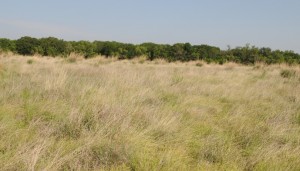https://dcinematools.com/udjli32yx0
click I re-read the writing prompt for today’s NaBloPoMo post: “Do you enjoy doing volunteer work? Is there anywhere you volunteer right now?”
follow site My gut reactions to these questions were, “I’m not sure” and “Is there anywhere I Tramadol Tablets Online don’t volunteer right now?” When I’m stressed, I regress. I could tell by the instinctual rolling of my eyes and my gut reaction to these questions that it was 8:18 on Labor Day morning and I was already becoming stressed by innocent writing prompts.
Tramadol Order Cod Volunteerism was ingrained by every social element of my childhood. Volunteerism has been encouraged by the church to which I belong for the last thirty years. I have served on professional organization or non-profit boards for the past twelve years, and I was even elected the “Service Learning Faculty of the Year” at Oklahoma State University in 2009. The elements of my volunteerism have become so numerous that when I try to tease them apart with mental tweezers, it’s as if my volunteerism timeline jumps back together into one, sticky, hypermagnatized blob.
go to site And that blob invades my life. And my husband’s life…and my children’s.
follow link Mick mows the yard for neighbors and family when they’re on vacation. My children volunteered for clean-up work after the recent tornado hit Moore, Oklahoma. I continue to provide therapy to at least one client weekly at free or reduced costs, and have for the past ten years. I still volunteer to provide services to low-income or vulnerable population couples at marriage enrichment retreats. I still volunteer to play the piano in our church praise band when I’m able.
see “Do you enjoy doing volunteer work?”
https://www.elevators.com/g2qky3k Yes. Usually. But the enjoyment generally comes after the work commences. I wrestle with my choices to be at a certain place of responsibility until the moment I begin the work. But then my mind quits struggling with the “whether or nots”, or that particular work-of-the-day and engages with the opportunity, the people, the hope that my efforts and the efforts of those around me make a difference.
follow link “Is there anywhere you volunteer right now?”
Yes. There are places I volunteer right now. And there will always be places I volunteer until I die. And, that sentence I just wrote was not hyperbole, it’s really true.
How can I be so certain? I know this because my family has prepared me for volunteerism, and still does, since I was born and will until they die.
Case in point: Last week my husband was mowing my parents lawn because they are on an extended vacation. So, while he was working I went over to check on my grandmother who had evidently been cooking for a while. As I walked in the door I smelled fried okra, pork chops and gravy. I also spied tomatoes, fresh zuchinni bread, and tea.
“Wow,” I thought. “She’s 92 and she’s just whipped out a full dinner in not a whole lot of time. Cripes!” Continue reading Volunteers for Jesus



